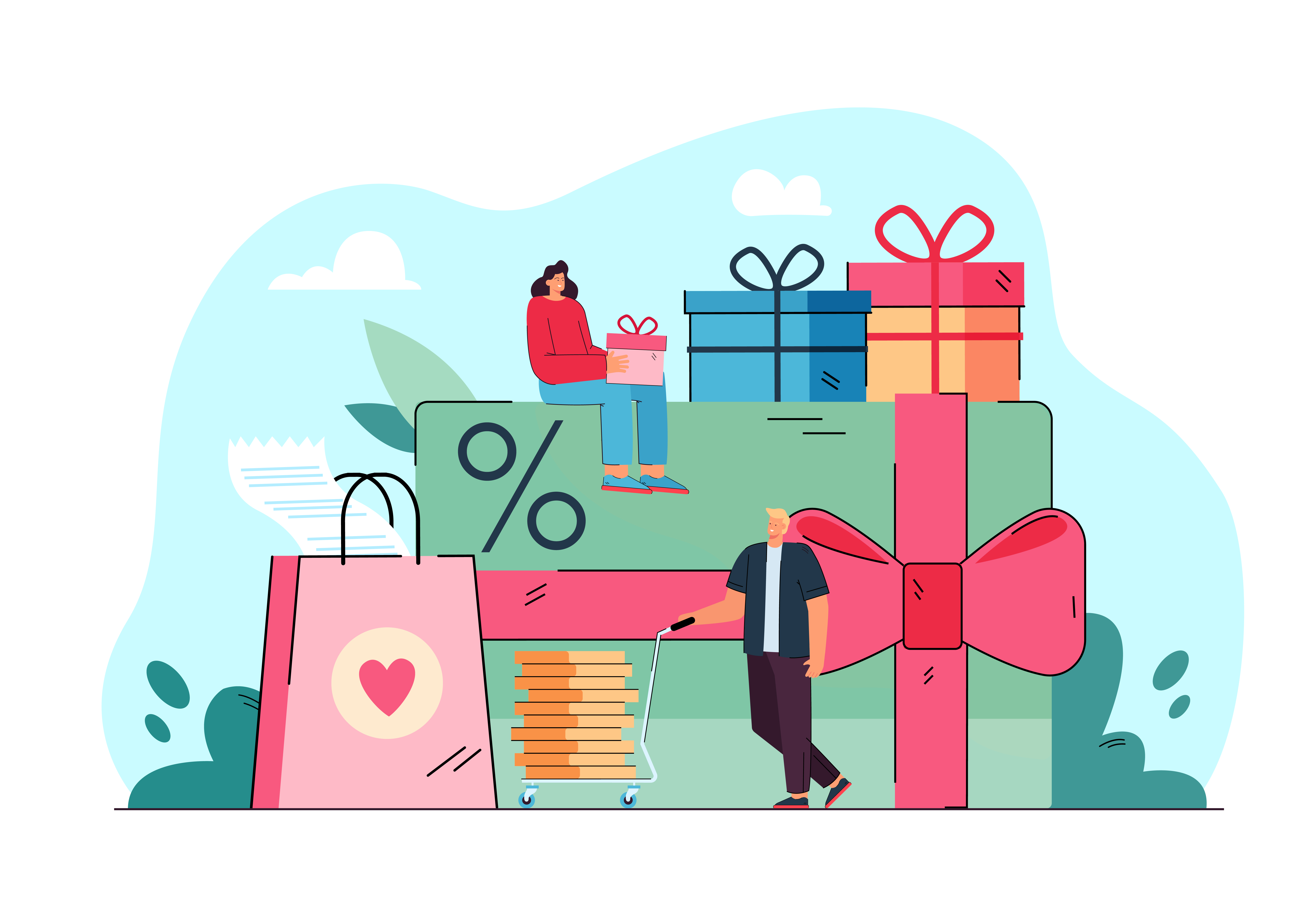Consumerism on holidays


Introduction
Today we are taking a closer look at a very special day. We look at the day in particular in relation to its economic context.
Alex
Hey Alex! Are you already in the mood for Valentine's Day? 😊
Hey Chris! Kind of, I'm thinking about what to get for my partner. You?
Same here! I'm planning to buy some flowers and maybe some chocolates. Have you seen any good deals? 💐🍫
Yeah, there are some great offers online. But honestly, don't you think we spend too much money this time of year? 🤔
Totally agree. It feels like there's a lot of pressure to spend a lot. Sometimes I feel like it's too much. 😅
Exactly! I think homemade gifts or saving for experiences together can be just as special. 🎁✨
Absolutely! It’s the thought that counts. Let's do something fun together instead. 😃
Sounds perfect! Looking forward to it. 😊
📝 Task: Reflect on the significance of this special day for you

Different perspectives
Now see what this special day looks like from different perspectives. What do a retail entrepreneur, a parcel carrier, a consumer and an environmental activist have to say?
Retail Business Owner

Delivery Driver

Consumer

Environmental Activist


An opportunity for the economy or a threat to the environment?
As you have already recognized, consumption on or for this day can be a problem, as it brings both advantages and disadvantages. To answer the question of whether this consumption is more of an opportunity for the economy or a threat to the environment, you should take a closer look at the individual arguments. Analyze the problems and opportunities in order to arrive at a well-founded assessment.
📝Task
Note down the strengths, weaknesses, opportunities and risks that the different people mention in relation to consumption on this special day. Use the table for this.
📝Task
Can you think of any other strengths, weaknesses, opportunities or risks? Complete the table.
